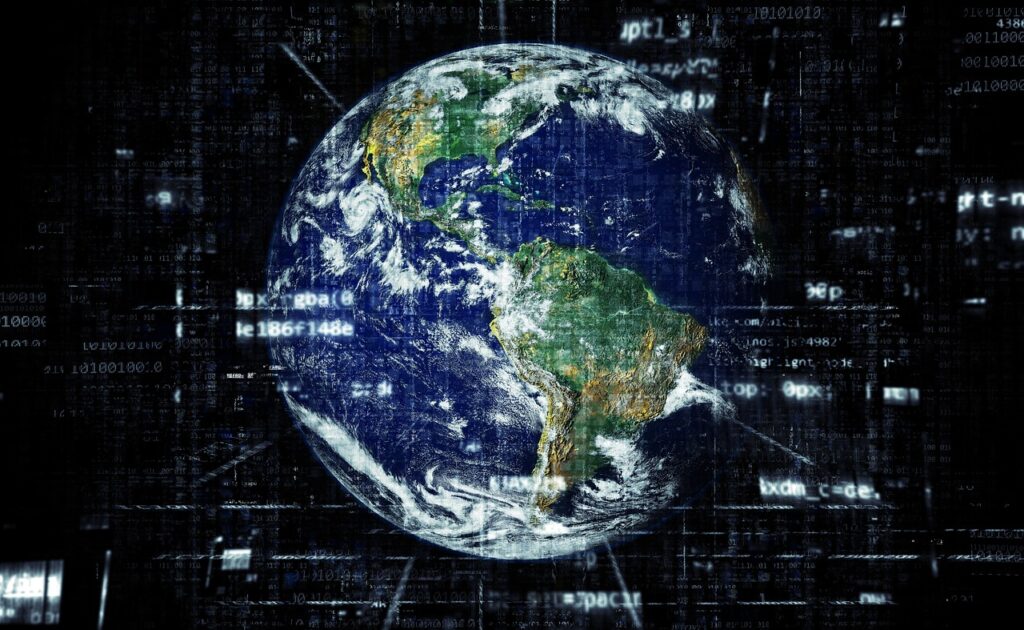
The Internet Revolution
In the rapidly evolving landscape of technology, few phenomena have had as profound an impact as the Internet. The digital age ushered in a revolution that transformed the way we connect, communicate, and conduct our daily lives. From its humble beginnings to the interconnected world we live in today, the Internet has become an indispensable part of modern society.
The Genesis of Connectivity
Birth of the World Wide Web
The Internet’s journey began with the development of the World Wide Web in the late 20th century. Tim Berners-Lee’s invention revolutionized information sharing, laying the foundation for the interconnected web we navigate today.
Proliferation of Personal Computing
As personal computers became more accessible, the Internet found its way into homes. The ability to connect and access information at one’s fingertips marked the beginning of a transformative era.
Connecting People Across the Globe
Emergence of Social Media
The advent of social media platforms further fueled the Internet revolution. Platforms like Facebook, Twitter, and Instagram allowed people to connect, share experiences, and build virtual communities.
Instant Communication through Email and Messaging
The Internet Revolution: Email transformed the way we communicate, making correspondence faster and more efficient. The rise of messaging apps added another layer of instant connectivity, bridging gaps across time zones.
E-Commerce and Digital Transactions
Rise of Online Shopping
The Internet Revolution: E-commerce disrupted traditional retail, offering a convenient and diverse shopping experience. Consumers could now make purchases from the comfort of their homes, reshaping the retail landscape.
Digital Transactions and Online Banking
The Internet revolutionized financial transactions, introducing online banking and digital payment systems. This not only streamlined financial processes but also paved the way for a cashless economy.
Access to Information Anytime, Anywhere
Search Engines and Information Retrieval
The Internet Revolution: Search engines like Google became the gateway to a vast ocean of information. The ability to search for and access information at any time revolutionized how knowledge was acquired and shared.
Online Education and Remote Learning
The Internet democratized education by making learning resources accessible globally. Online courses and remote learning became integral parts of educational systems, especially during unprecedented times like the global pandemic.
The Mobile Revolution
Ubiquity of Smartphones
The advent of smartphones took Internet connectivity to new heights. With powerful pocket-sized devices, people could access the Internet on the go, further blurring the lines between physical and digital worlds.
Mobile Apps and Enhanced Functionality
Mobile apps added a layer of functionality and convenience. From social networking to productivity tools, apps became essential in shaping our daily routines.
Challenges and Opportunities
Cybersecurity Concerns
The increased reliance on the Internet brought forth cybersecurity challenges. Protecting personal information and digital assets became a priority in an interconnected world.
Digital Inclusion and Accessibility
While the Internet connected many, the issue of digital inclusion highlighted disparities in access. Efforts were made to bridge the digital divide and make the benefits of connectivity more equitable.
Future Horizons
Internet of Things (IoT)
The Internet of Things envisions a future where everyday objects are connected, sharing data to enhance efficiency and convenience. This interconnected network has the potential to reshape industries and daily life.
Artificial Intelligence (AI) and Connectivity
AI is poised to play a pivotal role in shaping the future of connectivity. From personalized recommendations to autonomous systems, AI is set to further enhance the Internet experience.
Conclusion
In conclusion, the Internet revolution has been a transformative force, redefining how we connect and interact. From the early days of the World Wide Web to the era of smartphones and beyond, technology has woven a web of connectivity that spans the globe. As we navigate the opportunities and challenges of an interconnected world, the Internet continues to be a driving force in shaping the way we live, work, and communicate.
FAQs
- When was the World Wide Web invented?
- The World Wide Web was invented by Tim Berners-Lee in the late 20th century.
- How did social media impact connectivity?
- Social media platforms like Facebook and Twitter revolutionized connectivity by allowing people to share experiences and build virtual communities.
- What role did smartphones play in the Internet revolution?
- Smartphones made Internet connectivity more ubiquitous, enabling people to access the Internet on the go.
- What is the Internet of Things (IoT)?
- The Internet of Things refers to the interconnected network of everyday objects that share data to enhance efficiency and convenience.
- How is AI shaping the future of connectivity?
- AI is expected to play a crucial role in enhancing connectivity, from personalized recommendations to powering autonomous systems.